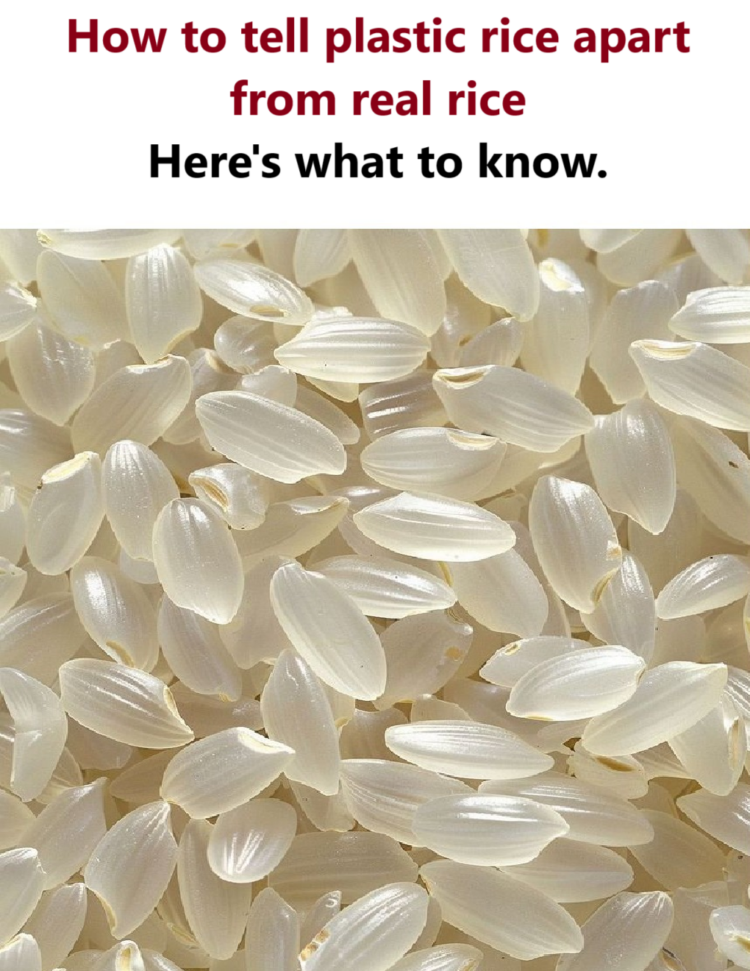The rise of counterfeit products is a growing concern in today’s global market, and one alarming imitation is plastic rice. Made from synthetic materials, plastic rice poses significant health risks to consumers. Since rice is a dietary staple for billions, it’s crucial to know how to differentiate genuine rice from this harmful counterfeit. This guide will equip you with the knowledge needed to ensure that you and your loved ones are safe.
1. Water Test
Fill a glass with water and add a tablespoon of rice. Stir it well and let it sit for a few minutes. Plastic rice will float, while real rice typically sinks to the bottom.
2. Heat Test
Heat a small amount of rice in a pan over high flame. Authentic rice will release a natural toasted aroma, whereas plastic rice will emit a distinct plastic smell.
3. Boiling Test
Boil a pot of water and add a sample of your rice. Genuine rice will cook and soften, while plastic rice may remain hard or form a layer at the surface due to its inability to absorb water properly.
4. Mold Test
see continuation on next page
